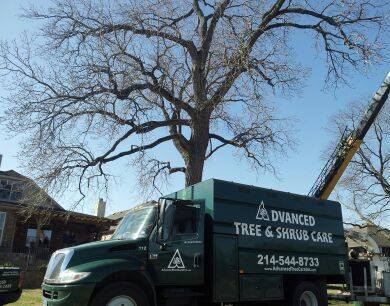Tree Doctor: How to Identify Problems and Care for Sick Trees
As you take a walk in your garden, you might come across some trees that seem to be doing somewhat better compared to the rest health-wise. These trees will give you the impression of resilience, will have sturdy branches, and depict active growth.

Signs of a Sick Tree
What should you look out for as an indicator of tree sickness?
- First, a build-up of insects is a foremost sign of sickness—you can tag this occurrence to the presence of holes in the tree’s leaves, branches, and bark
- Besides exhibiting stunted growth, the tree’s flowers and leaves tend to fall before autumn.
- As well, their branches may bend awkwardly or might have entirely fallen off
- In other cases, the bark might exhibit signs of sickness (flaking, wilting, or cracking)
- Notably, leaves may also show indications of distortion—exuding sap or displaying fungal infestation
Why Should You be Concerned?
Not only do sick trees pose a challenge to themselves, but most significantly, they’re a danger to humans as well. In their delicate state, the likelihood of the trees collapsing and also causing damage to your property is substantially higher than with healthy trees.
What action should you take after encountering sick trees? Engage the services of an arboriculturists (tree doctor). With a wealth of experience, tree doctors should help you in identifying tree problems as well as provide you with treatment options.
Sick Trees Treatment Options
Often, treatments for sickly trees entail; branch propping, aeration, root extraction, use of nutrient supplements, and in-depth root water application solutions. Subsequently, if your trees are in a constant lousy state due to either old age or a fatal disease, the tree specialist will advise you to remove the diseased tree from your garden.
Key talking point
When evaluating professional tree doctors, it’s crucial to identify someone who is licensed by a renowned arboriculture organization. Also, take note of the specialist’s links to any recognized institution. Besides, check and ascertain the validity of their licenses and insurance. Contact us for more information.
